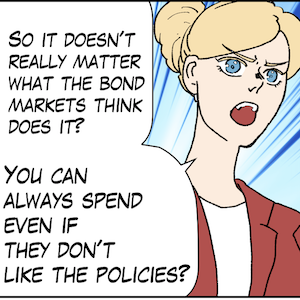Australia – the inflation spike was transitory but central bankers hiked rates with only partial information
The Australian Bureau of Statistics (ABS) released the latest CPI data yesterday (June 26, 2025) – Monthly Consumer Price Index Indicator – for May 2025, which showed that the annual underlying inflation rate, which excludes volatile items continues to fall – from 2.4 per cent to 2.1 per cent. The trimmed mean rate (which the RBA monitors as part of the monetary policy deliberations) fell from 2.8 per cent to 2.4 per cent. All the measures that the ABS publish (including or excluding volatile items) are now well within the ABS’s inflation targetting range which is currently 2 to 3 per cent. What is now clear is that this inflationary episode was a transitory phenomenon and did not justify the heavy-handed way the central banks responded to it. On June 8, 2021, the UK Guardian published an Op Ed I wrote about inflation – Price rises should be short-lived – so let’s not resurrect inflation as a bogeyman. In that article, and in several other forums since – written, TV, radio, presentations at events – I articulated the narrative that the inflationary pressures were transitory and would abate without the need for interest rate increases or cut backs in net government spending. In the subsequent months, I received a lot of flack from fellow economists and those out in the Twitter-verse etc who sent me quotes from the likes of Larry Summers and other prominent main stream economists who claimed that interest rates would have to rise and government net spending cut to push up unemployment towards some conception they had of the NAIRU, where inflation would stabilise. I was also told that the emergence of the inflationary pressures signalled the death knell for Modern Monetary Theory (MMT) – the critics apparently had some idea that the pressures were caused by excessive government spending and slack monetary settings which demonstrated in their mind that this was proof that MMT policies were dangerous. The evidence is that this episode was nothing like the 1970s inflation.
